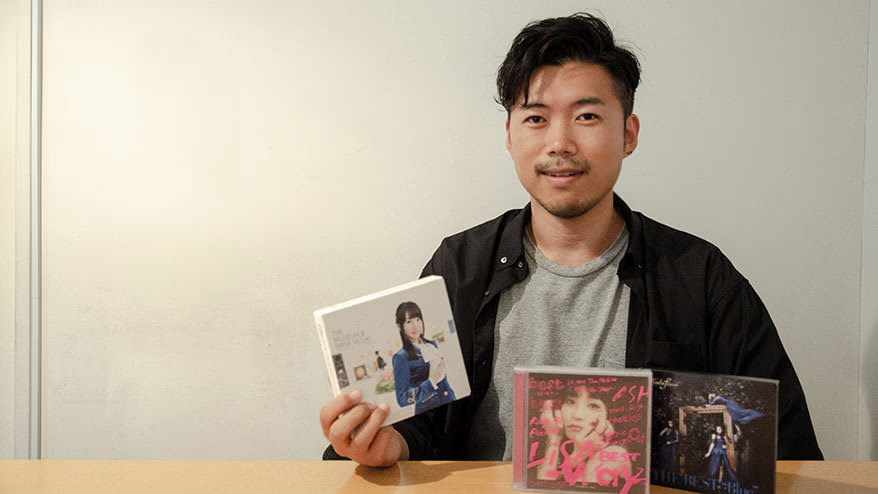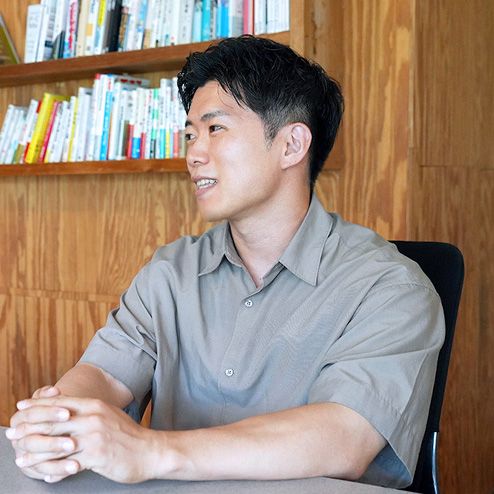こんにちは。品質管理部の川口です。
皆さんは普段、音楽を聴きますか。
好きなジャンルは人それぞれ異なりますが、私はアニソンをよく聴きます。アニメも好きですが、それよりは"アニメの歌"が好きです。
聴くシチュエーションも様々ですが、例えばジムでトレーニングするときに聴くとがんばれたり、仕事で疲れたとき・やる気が起きないときに聴くことで何とか乗り切れたりすることもあります。私にとって、アニソンは心に栄養を与えてくれるものなのです。
以前、メンバー紹介でアニソンについて少し触れてもらいましたが、そこではほんの触り程度しかお話しすることができなかったので、今回はアニソンの素晴らしさを私なりに紹介いたします。
アニソンとは?
アニメソング、通称「アニソン」とは、アニメ作品の主題歌・挿入歌・イメージソングを指します。まずは皆さんにアニソンを理解いただけるよう、アニソンの種類を簡単に話します。
ヒーローソング
軍歌めいているタイトルやヒーローの必殺技などを熱唱するタイプのジャンルです。特に60~70年代に関しては少年合唱団などを用いたアニソンが多く、マジンガーZやウルトラマンなどの作品がもっとも有名な作品としてあげられるかと思います。
タイアップ曲
元々アニメ用に作られた曲ではなく、後から、この曲をつかいたいという意図や、制作会社とレコード会社との繋がりによってタイアップという形で楽曲が決まるパターンです。
電波ソング
「キュンキュン」「ドキドキ」といった擬音が入っているものや、女性声優がメインボーカルに対して合いの手を入れる形式の物が多いジャンルで、萌え系アニメやゲーム作品によく用いられています。
声優ソング
アニソンの中でも、実際のアニメのキャラクターの声優を担当している人物がメインボーカルを務めるアニソンの事をいいます。特に最近ではアニメ声優のアイドル化が進んでいるため、この声優ソングはものすごい勢いで人気を伸ばしています。
私が考えるアニソンの魅力3つ
アニソンの進化
70年代は佐々木功や水木一郎といった一定のアーティストが、ほとんどのアニソンを歌っていましたが、80年代には杏里の「CAT'S EYE」、TM NETWORKの「Get Wild」を皮切りに一般の有名アーティストがアニメソングを歌うようになり、90年代に入ってもその流れの根本は変わりません。
95年以降は声優の林原めぐみが自身の出演するアニソンを担当し、ヒットを量産するようになります。この頃から現在にかけて、少しずつ声優がアーティストとして進化し、ポップスやロックを歌う邦楽アーティストにも引けをとらない人気や地位を築いていったと言えます。
さらに、日本のアニメは世界でも認知されているので、市場は世界にも向けられており、海外でイベントやライブをする声優・アニソンアーティストが今とても増えています。
90秒で伝える世界観
アニメのオープニングとエンディングは90秒と決まっています。これは、放送の単位が「15秒」・「30秒」だからと言われます。実際、本編部分は通常「22分間」で、オープニング・エンディングの「3分」つまり180秒を足して正味25分です。そして、CM用に5分用意されています。
この90秒の中で、アニメの世界観を歌で表現するためには、起承転結や緩急をはっきりつけたわかりやすさが求められます。
要するにアニソンは必然的にキャッチーなメロディーになってしまうということがわかります。
キャッチーであること
私は、10代の頃お小遣いをほとんどCD(アニソン、J-POPジャンル問わず)につぎ込むくらい音楽を聴くのが好きでした。昔どんな音楽を聴いていたか振り返ったとき、共通していたものがあります。それば"キャッチーかどうか"ということです。
例えば「ヒーロー的なカッコ良さがあるか」「アイドル的な可愛さがあるか」など、何かしらわかりやすい要素がきちんと入っているか、ということです。
90年代のアニソンを聴いて育った私にとっては、現代のアニソンも昔と変わらずキャッチーでわかりやすく、聴いていて常に心地よく耳に残るものなのです。
私のイチオシ声優・アニソンアーティストTOP3
次に、アニソンを聴くならこの三組がおススメ!というアーティストをご紹介します。
水樹奈々
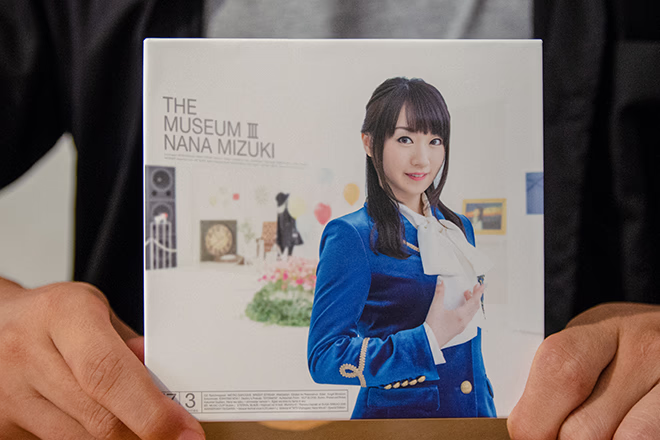
水樹奈々 『THE MUSEUM III』キングレコード (2018/1/10)(Amazon)
テンポが早く、シンフォニックロック(ストリングス+ロック)と呼ばれるアレンジを多用し、疾走感ある楽曲が多いのが特徴です。多彩なので、ゴリゴリのロックからキュートなポップスまで幅広く歌いこなします。Aメロ→Bメロ→サビにかけての緩急やキャッチーなメロディラインはまさにアニメ・ゲームの世界にぴったりハマっていると言えるでしょう。
また、彼女のライブは定評があります。2013年には今までの実績により、芸術選奨の大衆芸能部門・文部科学大臣新人賞を受賞しています。これは彼女が声優という一種のレッテルを背負いながらも声優界の壁を取り払い、一般に浸透させたという偉業が国に認められたと言えます。
彼女のライブでは毎回ど派手な演出や乗り物が登場し、観る者を圧倒させます。2014年に行われた夏ツアーではオープニングでプロペラ機に乗って登場し、ファンの度肝を抜きました。(触りの30秒あたりをご覧ください)
LiSA
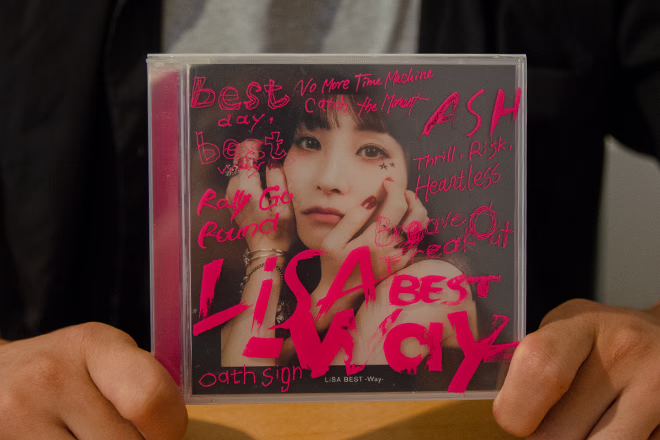
LiSA 『LiSA BEST -Way-』SACRA MUSIC (2018/5/9)(Amazon)
国内外問わず、大人気のアニソンアーティストです。
彼女の楽曲はロック調で尖ったものが多く、音の迫力や厚みに埋もれないパンチある歌声とライブパフォーマンスが魅力です。アニメ系のフェスのみにとどまらず、ROCK IN JAPAN FESTIVAL や COUNTDOWN JAPAN などロック系のフェスにも出演し、ロック好きのファンも多くいます。ゆえに、彼女のライブにはアニメ好きなファンとロック好きなファンが混在し、それらが一つになって会場が沸き立つのも観ていて楽しいです。
Kalafina
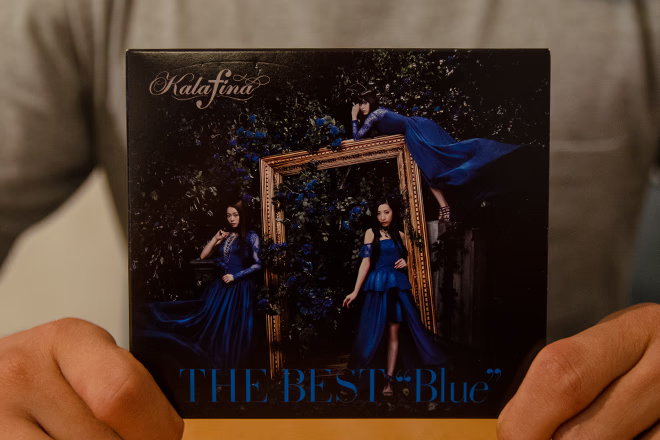
Kalafina 『THE BEST “Blue"』SME (2014/7/16)(Amazon)
女性三人のボーカルグループ(2018年4月に一名脱退し、現在は二名で活動)。主旋律とハーモニーという固定化されたポジションではなく、三人が目まぐるしく入れ替わり主旋律をとるスタイルが特徴です。
そして抜群の歌唱力とコーラスワークでバラードからロックまで歌いこなし、クラシックやオペラ調の要素も兼ね備えた独自の世界観が広がります。
...とは言ってみたものの、言葉では上手く説明できないので、ぜひご一聴をおススメします。
これまでもこれからも、アニソンは私の原動力
残念ながら、日本はアニソンをまだ色眼鏡でみている部分があるように思います。「声優の歌かー」「あー、アニメの歌ね」など、言い方は良くないかもしれませんが J-POP より一段下に見ている感覚です。
けれど、一度彼や彼女たちの情熱にきちんと触れる機会さえあれば、そんな色眼鏡は外れてしまうのではないかと私は思います。それに日本アニメは、海外からは日本文化の一つとしてとらえられています。アニメの世界観を表現するのにはずせない「アニソン」も日本文化の一つと言っても過言ではありません。日本人たるもの、一度触れてみる価値は存分にあるはずです!
余計なフィルターがかかることなく、アニソンが純粋に良いものとしてもっと認知してもらえる日がくることを願います。
私はあらゆる場面でアニソンを聴きます。さらに、ほぼ月一ペースで声優・アニソンアーティストのライブに行っては、自分の持っているエネルギーをライブにぶつけ、そこで得た熱気を自分に取り込んでパワーチャージしています。
これまでも、そしてこれからもアニソンは私にとって心の栄養であり、元気の源でもある。
つまり原動力そのものなのです!
